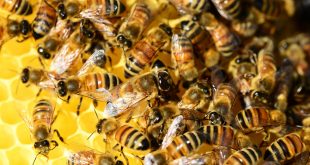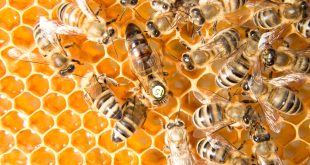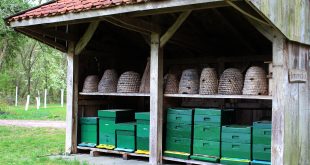Explore the unique and crucial role of a bee broker in the world of beekeeping with our article. It delves into the responsibilities and services provided by bee brokers, including the coordination of bee sales and rentals for pollination. Understanding the function of a bee broker is key for beekeepers looking to expand their operations or for farmers requiring pollination services.
Read More »BeeKeepClub’s Beekeeping Blog
Do You Need a Brood Booster for your Beehives?
Brood boosters are essential for beekeepers aiming to raise a healthy and thriving bee colony. These feeding stimulants, made from natural ingredients like lecithin, sucrose, and essential oils, are added to sugar water, pollen patties, or syrup to stimulate feeding and promote strong colony growth. They are particularly beneficial for weak colonies, swarming prevention, and in encouraging new queen acceptance. The need for brood boosters depends on factors like colony size, availability of forage, and weather conditions. With various manufacturers offering different formulations, it's vital to assess the components before purchase. The benefits of brood boosters include boosting bee immunity, preventing mold in sugar syrup, and facilitating comb building, all contributing to a prosperous bee colon.
Read More »Genetic Diversity in Honeybees – Avoiding Inbreeding
Embark on a journey of discovery with our article on genetic diversity in honeybees. Unveil the significance of genetic variation in maintaining healthy and resilient bee populations. This piece is a treasure trove of knowledge for beekeepers and conservationists, emphasizing the importance of biodiversity for the survival and adaptability of bee colonies in changing environments.
Read More »Protecting Beehives from Termites
Protect your beehive from termites and other pests with practical strategies outlined in our article. Termites can damage the structural integrity of beehives by making burrows, while small hive beetles and spiders pose different threats. Our guide provides effective methods to prevent these pests from harming your bees, such as elevating hives off the ground and removing nearby spider webs. Essential reading for beekeepers, this article helps ensure the health and safety of your bee colonies.
Read More »Medieval Beekeeping – The History of Beekeeping
Step back in time with our intriguing article on medieval beekeeping! Delve into the ancient practices and tools used by beekeepers during the medieval period. Discover how honey and beeswax were essential commodities, and how beekeeping played a significant role in the culture and economy of the era. A fascinating read for history buffs and bee enthusiasts alike.
Read More » BeeKeepClub Resources and Guides for Beekeepers
BeeKeepClub Resources and Guides for Beekeepers




